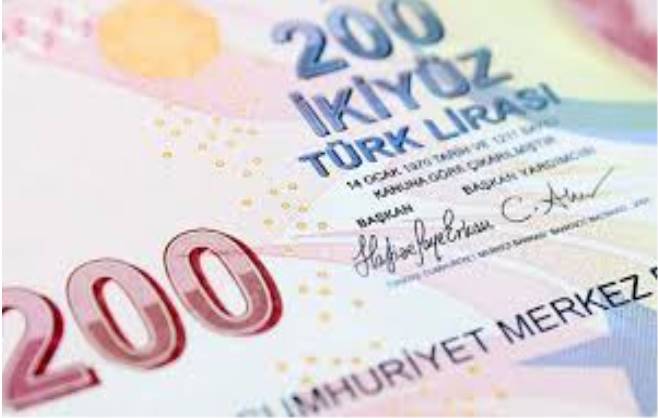turgut's blog
China and Russia have occupied the neighboring Turkish regions, now it is the turn of the Turkestan geography.
When looking at the map of Asia, it is evident that China, located on the eastern coast of the continent, has expanded towards the central and northern parts by occupying several neighboring countries. China has occupied all of Manchuria to its north, part of Mongolia, all of Tibet, and the entirety of the Xinjiang region, which is part of Turkistan.
Amid the chaos brought by World War II, while the Soviet Union annexed territories in Eastern Europe and Central Asia, China seized its share by occupying Turkistan. In later years, it incorporated this region into its borders, transforming it into the Xinjiang region under the Chinese federation and making it a subordinate province. The opposition and resistance of the 50 million Turks living in these lands to this policy led to a genocide and a humanitarian tragedy perpetrated by China.
China, which occupied Manchuria along with Mongolia and all of Tibet, pursued an expansionist policy in the region by attempting to occupy East Turkistan, which constitutes half of the largest Turkic state in Central Asia, Turkistan, after World War II.
This action was interpreted as a sign of future plans for the occupation of all Central Asian countries.
... more The Central Bank of Turkey is printing 200 TL like crazy.
The Central Bank of Turkey is printing 200 TL like crazy.
Since its introduction into circulation, the purchasing power of the 200 TL banknote has rapidly declined due to the implemented economic policies, while its quantity in circulation has reached a record high.
As global interest rates rise, signaling the end of the era of abundant money worldwide, the amount of money in circulation continues to increase in Turkey, which has adopted heterodox policies contrary to its peers.
In the current global environment, leading central banks are aggressively raising interest rates in response to rising inflation, effectively tightening the money supply.
... more
